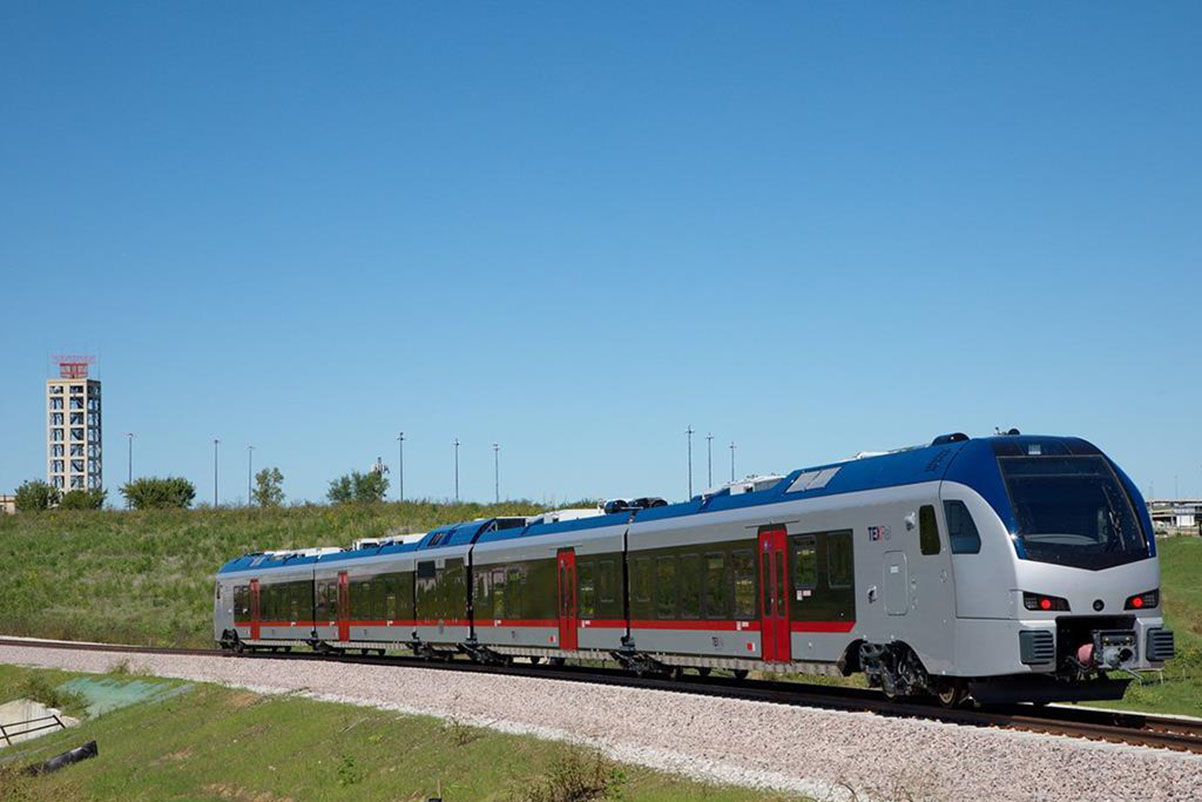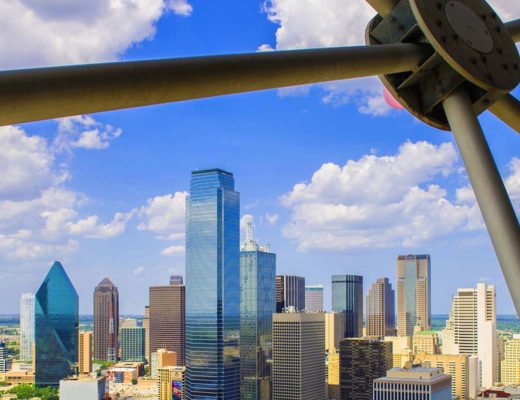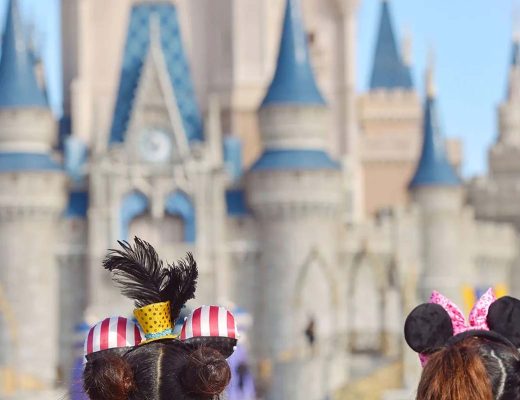When I first landed at Dallas/Fort Worth International Airport (DFW), the sheer scale of it was immediately apparent. It’s not only one of the busiest airports in the United States—it’s practically a small city. Five terminals, 171 gates, nearly 200 nonstop destinations, and enough moving walkways to make you question whether you’ve arrived at an airport or a futuristic transportation hub. Standing there with my luggage and a spark of curiosity, my focus turned immediately to one question: how best to reach the heart of Fort Worth from this massive point of entry?
The journey from DFW to downtown Fort Worth can be seamless with the right information. There are multiple options, each catering to different budgets, preferences, and time constraints. I tried more than one route during my stay, noting every turn, delay, and scenic highlight.
What follows is a detailed breakdown of the best transportation options, how they operate, what to expect, and how to make the most of each choice.
1. Terminal Tactics: Navigating DFW Airport Before You Leave It
Before considering any transportation method, it’s essential to understand the layout of DFW. This airport is divided into five terminals: A, B, C, D, and E, connected by the free Skylink train (for post-security travel) and Terminal Link shuttle buses (for pre-security connections). Knowing your terminal’s location makes your transportation connection far easier. Most ride-shares, buses, and shuttle services pick up outside the lower level (Arrivals) of each terminal.
If arriving internationally, Terminal D is where you’ll be. Customs procedures can take anywhere from 15 minutes to over an hour depending on arrival time, so plan accordingly when estimating travel time to Fort Worth. Once through, make your way to the curbside transportation center.
2. Option 1: TEXRail – Efficiency with a Local Flare
One of the most reliable and scenic routes from DFW Airport to downtown Fort Worth is the TEXRail commuter train. Opened in 2019, this modern train system provides a direct connection from the airport to the city center in a smooth 53-minute ride.
Finding the TEXRail at the Airport
TEXRail departs from Terminal B, specifically at DFW Airport North Station. The station is connected to Terminal B via a covered walkway, which is well-signed and features elevators and escalators for convenience. If arriving at another terminal, a Terminal Link shuttle can transport you to Terminal B in about 10–15 minutes.
Tickets and Timing
A one-way ticket costs $2.50—an astonishing value for a nearly hour-long ride. Tickets can be purchased via vending machines at the station or through the GoPass app, which I found to be remarkably intuitive. Trains run every 30 minutes during peak times and hourly during off-peak hours. Service begins at approximately 3:30 AM and continues until nearly 1:00 AM, accommodating both early flights and red-eye arrivals.
Onboard Experience
The train itself is a breath of fresh air. Clean, climate-controlled cabins with generous seating, overhead luggage racks, and onboard Wi-Fi. Windows are large, perfect for catching glimpses of suburban landscapes and urban transitions as you head westward. There’s a calm rhythm to the journey—a sense of being carried purposefully toward your destination without the pressure of highway traffic or GPS recalculations.
Arrival at Fort Worth Central Station
TEXRail arrives at Fort Worth Central Station, conveniently located near Sundance Square, the Fort Worth Water Gardens, and several major hotels. From here, it’s easy to walk, catch a bus, or hail a short ride to your lodging. This station also connects to the city’s local Trinity Metro buses and Molly the Trolley (a charming vintage-style shuttle), making last-mile travel straightforward.
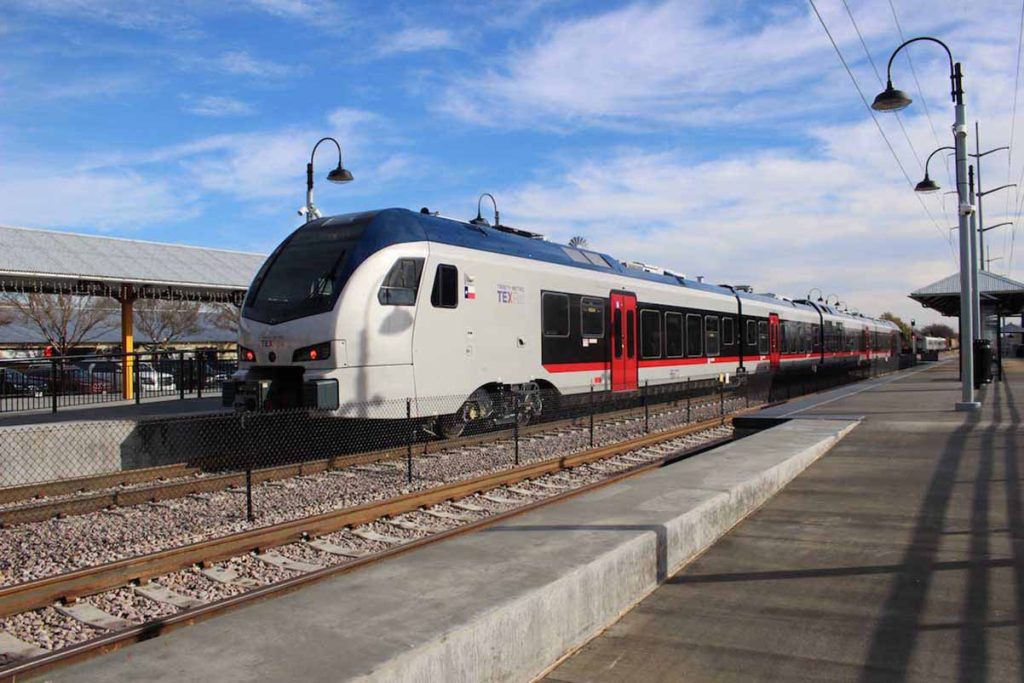
3. Option 2: Ride-Sharing – The Door-to-Door Standard
There’s a distinct satisfaction in stepping out of an airport and into a car that takes you exactly where you want to go. Uber and Lyft operate extensively out of DFW Airport, offering a more personalized option for travelers who prioritize speed and convenience.
Pickup Procedure
At DFW, ride-share pickups are coordinated on the lower level of each terminal, with clearly marked signs for app-based ride services. After requesting a ride, your app will guide you to the correct pickup zone. One detail worth noting: depending on your arrival terminal, the ride-share pickup area may be a short walk or shuttle ride away.
Cost Considerations
The fare from DFW to downtown Fort Worth varies, typically between $35 and $60, depending on time of day, traffic, and ride type. Uber Comfort, UberXL, or Lyft Lux options are available for those traveling with companions or excess luggage.
Travel Time and Route
On average, the journey takes 30 to 45 minutes. The drive includes stretches of I-820 and I-30, both of which can fluctuate with traffic conditions. The highways are broad and well-maintained, and as you approach Fort Worth, the skyline slowly reveals itself—modern towers softened by the warm tones of Texas stone and steel.
4. Option 3: Rental Cars – Freedom on Four Wheels
For those intending to explore beyond downtown Fort Worth, renting a car can be a wise move. Texas is a state that encourages driving, with well-laid highways, abundant parking, and wide-open destinations that are best reached behind the wheel.
Where to Rent
DFW’s Rental Car Center is located near the airport’s south entrance. It’s accessible via a free shuttle that departs every five minutes from each terminal’s lower level. The center houses most major rental companies including Hertz, Enterprise, Avis, and Budget.
Driving to Fort Worth
From the Rental Car Center, head north on International Parkway, then west on TX-183 and I-30 W. The drive to Fort Worth typically takes about 40 minutes. It’s a direct, uncomplicated route with plenty of signage and multiple lanes. Traffic can build up during morning and evening rush hours, so consider time-of-day when planning.
Parking in Fort Worth
Most downtown hotels offer valet or paid parking. Street parking is metered but relatively abundant, especially near cultural districts. There are also several public garages near Sundance Square and the Fort Worth Convention Center. I found parking straightforward, and the walkability of the downtown area meant the car often stayed parked while I explored on foot.
5. Option 4: Airport Shuttles and Hotel Transfers – Comfort in Coordination
Several hotels in Fort Worth provide complimentary or paid shuttle services from the airport. These services must typically be reserved in advance, either during booking or by contacting the hotel concierge directly.
Shared Shuttle Services
Companies like SuperShuttle and Go Airport Shuttle offer shared van rides to various points in Fort Worth. Prices start at $25–$35 per person. These shuttles operate on a schedule and may make multiple stops en route to downtown, extending travel time to over an hour in some cases.
Private Shuttle Benefits
Some hotels contract private shuttle services, offering more direct and timely transfers. These are usually included in luxury or boutique hotel packages and provide door-to-door convenience without the ride-share app dance.
6. Option 5: Taxi Service – The Traditional Choice
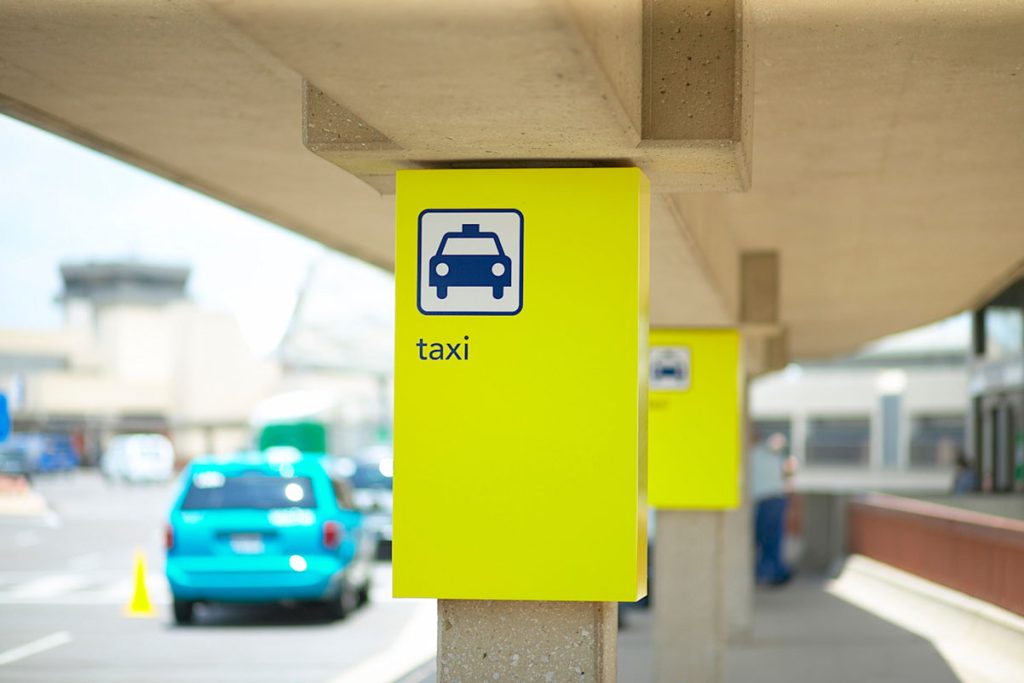
While taxis might not be as trendy as ride-shares, they remain a viable and dependable option. DFW’s official taxi service area is located on the lower level of each terminal. You’ll find uniformed drivers and regulated pricing, a comforting structure for those less inclined to rely on smartphone apps.
Fare and Duration
The flat-rate fare to downtown Fort Worth hovers around $55, with tip and tolls potentially pushing it slightly higher. The ride typically lasts 35 to 45 minutes, depending on traffic.
Payment Options
Most taxis now accept credit and debit cards, though it’s always wise to confirm before departure. Receipts are automatically issued, helpful for business travelers needing documentation.
7. Option 6: Public Buses – The Budget-Friendly Alternative
For the most frugal travelers, Trinity Metro’s bus routes do serve DFW Airport, although they require a bit more patience and planning. Route 31 and Route 30 both connect parts of the airport with the city, though neither offers direct service to the downtown core.
Transfers Required
To reach Fort Worth, travelers need to combine bus routes or link up with the Trinity Metro or TEXRail system. This can be a rewarding option for those seeking immersion in local life, but less suited to travelers with tight timelines or heavy luggage.
8. Tips and Considerations for Every Traveler
Time of Arrival Matters
Traffic patterns between DFW and Fort Worth fluctuate significantly based on time of day. Morning (7–9 AM) and evening (4–6 PM) rush hours can double transit times. I arrived during both, and the contrast was stark: a midday drive breezed by like a country road, while a 5:15 PM arrival meant crawling past Arlington at a snail’s pace.
Weather Warnings
Texas weather changes swiftly. A sunny morning can give way to afternoon storms, particularly during spring and early summer. Rain impacts all modes of transport, but especially driving routes, where visibility and congestion can compound delays.
Luggage Logistics
Ride-share vehicles and taxis can usually handle standard luggage. TEXRail’s racks make train travel luggage-friendly, while buses are best suited to travelers with backpacks or carry-ons. For larger luggage, hotel shuttles and private cars offer more space and ease.
Safety and Accessibility
Every transport mode offers wheelchair-accessible options. TEXRail trains are ADA-compliant, and most ride-share apps allow for accessibility requests. The airport is fully equipped with elevators, ramps, and curbside assistance.
9. Unexpected Delights Along the Way
The journey from DFW to Fort Worth isn’t just a logistical step—it’s a gentle immersion into the Texan atmosphere. Billboards shift from national brands to regional restaurants. Pickup trucks appear more frequently. There’s a softness to the landscape: broad skies, warm-toned grasslands, low industrial skylines occasionally punctuated by the elegant curve of a rail bridge or a water tower painted with civic pride.
Each route offered its own personality. The train delivered a calming glide across the plains, the ride-share was swift and personal, and the shuttle gave space to observe fellow travelers—all part of the transition from international arrival to local connection.
